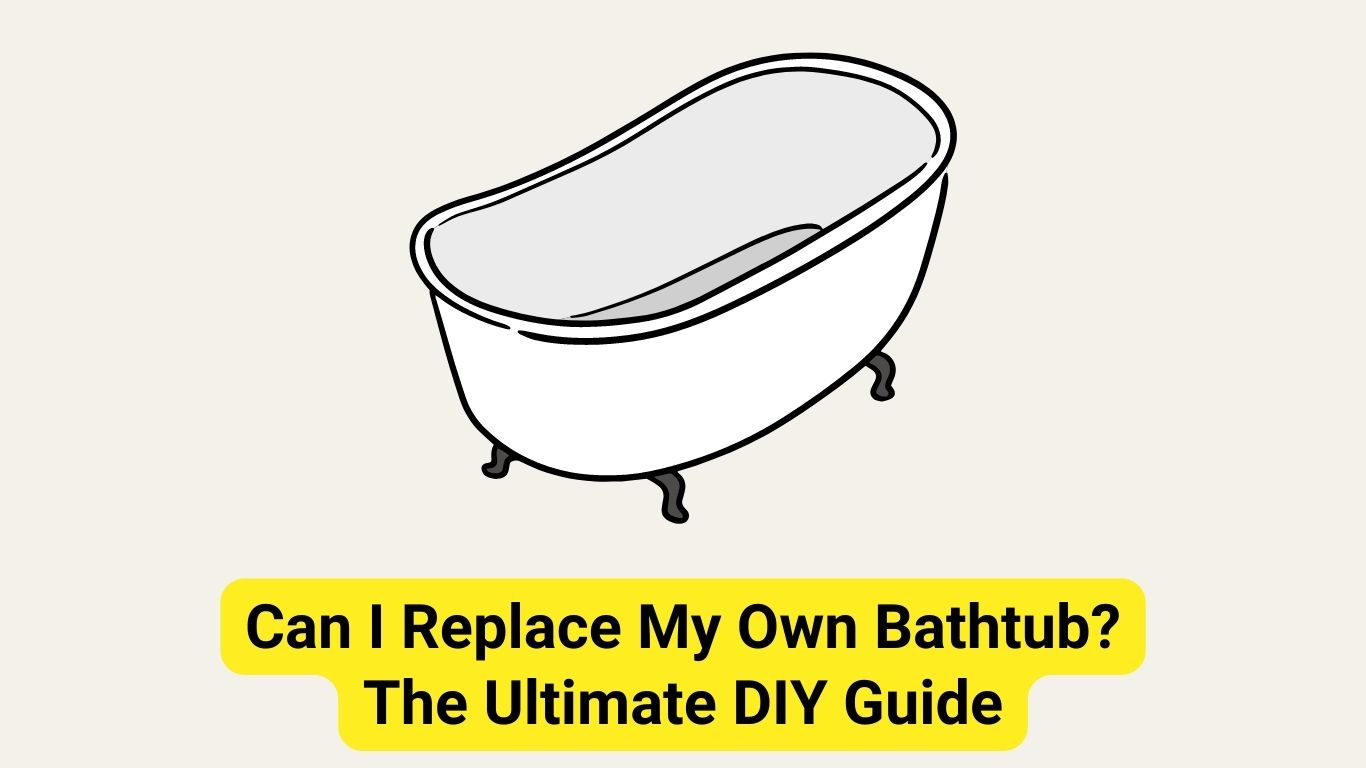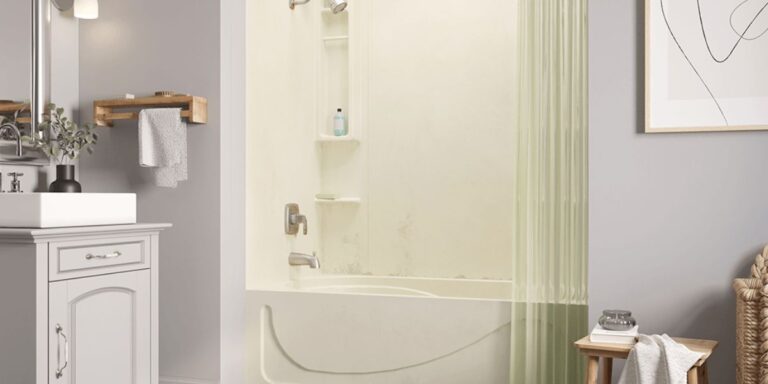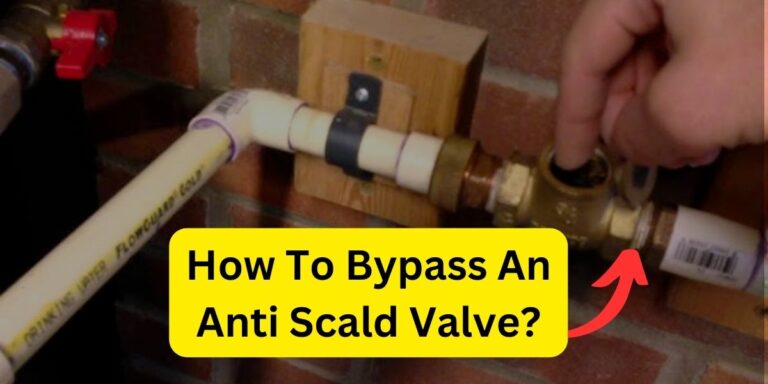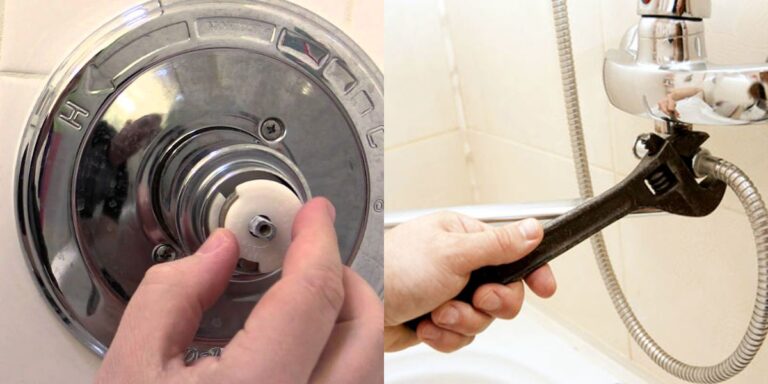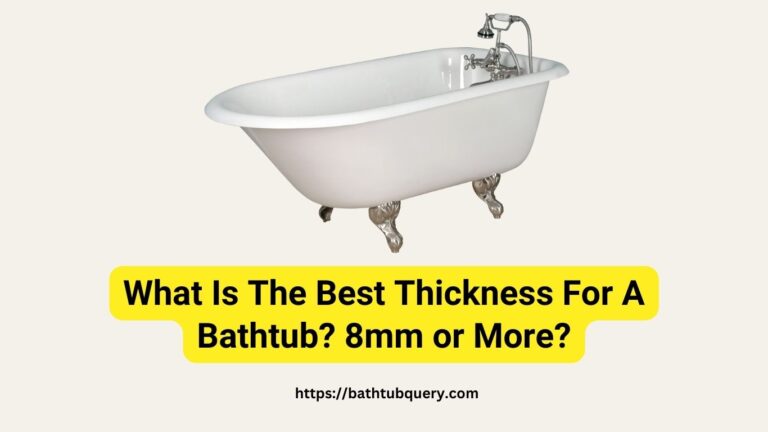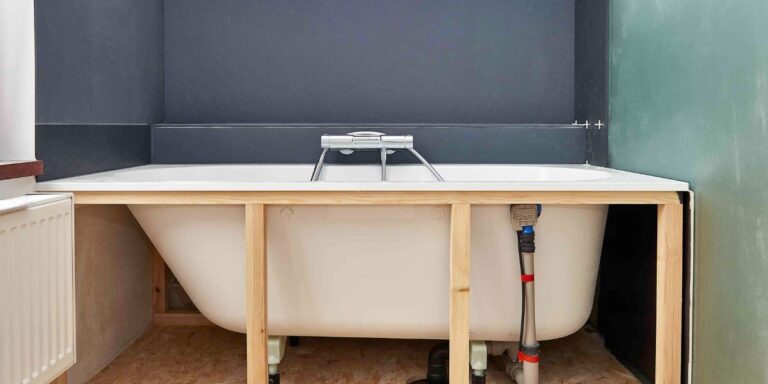Can I Replace My Own Bathtub? The Ultimate DIY Guide
Can I Replace My Own Bathtub? When your old tub shows signs of wear or you just want an upgrade, this question naturally arises. Good news: you probably can if you’re a competent do-it-yourselfer. It’s important to think about why you might be considering this.
A new tub can make a huge difference in your bathroom and even increase the value of your home, whether you’re replacing it because your old one has lost its luster, has some structural issues, or you’re just looking for a change in design.
Can I Replace My Own Bathtub?
Honestly! You can certainly replace your own bathtub in a day with proper preparation, the proper tools, and a helping hand. Be sure you know what you’re doing, have everything you need on hand, and have someone to help with the heavy lifting. It’s a hands-on project, but an enthusiastic do-it-yourselfer can pull it off! Let’s delve into the detailed steps involved in this process.
1. Prepare the Workspace
Firstly, you need to remove any personal items and prepare the work area. This includes switching off the water supply to avoid any unexpected surprises.
2. Remove the Old Bathtub
Next, detach the existing tub. This step involves disconnecting the drain, the overflow, and any connecting fixtures. Don’t forget to take proper precautions while handling the heavy tub.
3. Install the New Bathtub
The third step involves setting up your new bathtub. This includes installing the new drain and overflow, positioning the tub, and securing it in place.
4. Finishing Touches
Finally, it’s time for the finishing touches. Reconnect the water, apply caulk around the tub’s edges, and enjoy your new bathtub.
| Step | Tasks |
|---|---|
| Prepare | Remove items, Switch off water |
| Remove | Detach tub, Disconnect fixtures |
| Install | Install drain, Secure new tub |
| Finish | Reconnect water, Apply caulk |
How to Choose the Right Bathtub?
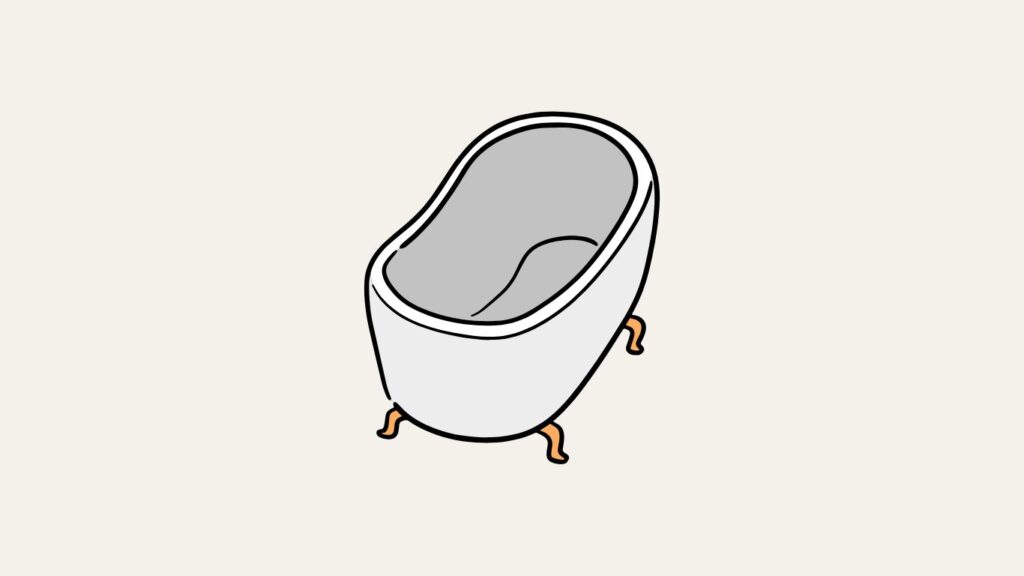
Prioritizing Your Requirements and Living Quarters
Identifying your needs and the available space in your bathroom are the first steps in selecting the best bathtub for you. Is the shower more your speed than the bath? Just how much room do you have? Do you want a shallow entry and exit bathtub, or would you rather have a deeper soaking tub? Your choice should be based on the responses to these questions.
Selecting Appropriate Resources
Durability, upkeep, heat retention, and price can vary widely depending on the material used to construct a bathtub.
Acrylic:
Tubs made of acrylic have the advantages of being lightweight, strong, and versatile. As a rule, they don’t break the bank and are simple to keep up.
Cast Iron:
Cast iron is a time-honored material that stands the test of time and resists wear and tear. Cast iron tubs are beautiful, but their weight can make it necessary to reinforce the subfloor. They’re great at keeping heat in but more costly overall.
Fiberglass:
Fiberglass tubs are inexpensive and easy to install, but they may not last as long as those made from stronger materials. They are also not as good at keeping heat in.
Stone Resin:
Stone resin bathtubs are long-lasting, scratch-proof, and great at keeping in heat, not to mention they look fantastic. However, they are often bulky and expensive.
Choosing the Appropriate Form and Measurement
There is a wide range of sizes and shapes available for bathtubs. The typical dimensions for a bathtub are 60 inches in length and 32 inches in width, but larger and smaller sizes are also readily available. Make sure the tub will fit in your bathroom by taking precise measurements.
Classic rectangular designs are available, as are oval tubs, freestanding tubs, corner tubs, and accessible walk-in tubs. It’s important to consider the aesthetic impact and space requirements of each shape before settling on one for your bathroom.
Assessing Supplemental Functions
Features like whirlpool jets, built-in seating, handheld showerheads, and more are available if you’re looking for something more than a standard tub. For the ultimate spa experience, some tubs are outfitted with LED lighting and stereo systems.
Strike a middle ground between quality and cost
When deciding on a tub, cost should be taken into serious consideration. Keeping to your financial plan is essential, but avoid skimping too much on quality. A high-quality tub can last for decades, so it may be worthwhile to spend more initially to avoid spending more later on replacement.
Seek the Advice of Experts
Last but not least, think about getting some expert advice. They will be able to give you excellent advice tailored to your individual requirements, tastes, and available area. They can also lend a hand during setup, guaranteeing a job well done and a secure installation of your new tub.
FAQs
Can I replace my bathtub without professional help?
Yes, with the right tools and preparation, you can replace your own bathtub.
What are the signs that I need to replace my bathtub?
Frequent leaks, visible damage, or a dated design are signs you might need a new tub.
How long does it take to replace a bathtub?
It typically takes a day or two, depending on your experience and the specific tub.
How do I choose the right bathtub for my bathroom?
Consider factors like material, size, and price. Ensure it fits and complements your bathroom’s design.
Can replacing my bathtub increase my home’s value?
Yes, a modern, attractive bathtub can enhance your home’s appeal and potentially increase its value.
Key Takeaways
- Yes, you can replace your own bathtub if you’re prepared for a significant DIY project.
- The process involves preparing the area, removing the old tub, installing the new one, and adding finishing touches.
- Choosing the right bathtub is crucial – consider material, size, and cost.

Amanda has been designing and installing bathtubs for over 15 years. She first got interested in the bathtub industry while working as an interior designer right after college. During her years as a designer, Amanda was frustrated by the lack of high-quality, unique bathtub options for her clients. This passion led her to start her own bathtub website in 2009.

